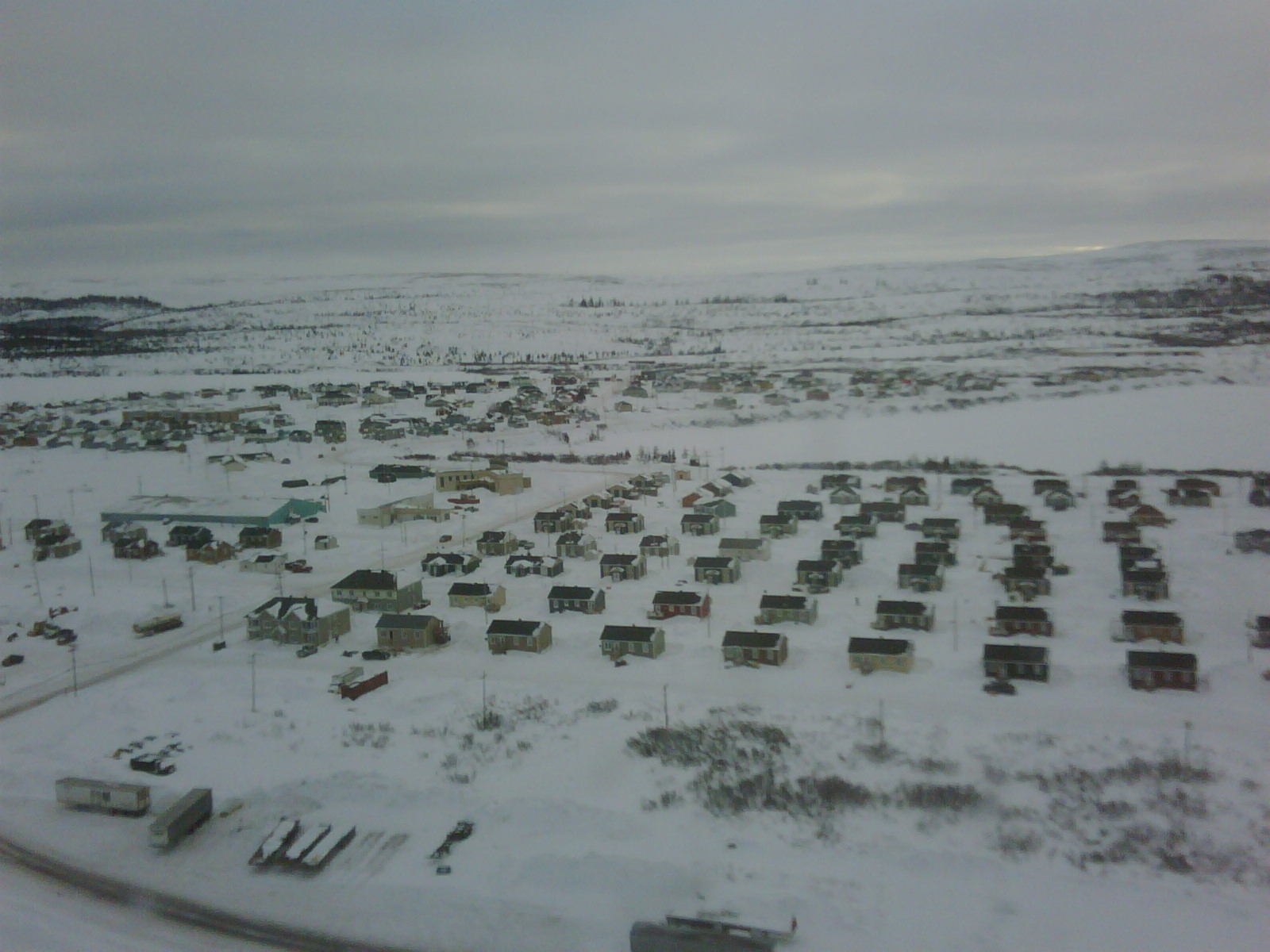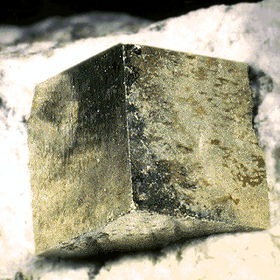Schefferville, Quebec, incorporated as a town in 1955, population 155 (2016 census), 213 (2011 census). Schefferville is located between Knob and Pearce Lakes, on Quebec’s border with Labrador, 510 km north of Sept-Îles.
Settlement
Schefferville is on the traditional territory of the Innu and Naskapi peoples. The Innu hunted and fished across the vast area of Labrador and northeastern Quebec they call Nitassinan (“our land”).
Father Louis Babel, on a mission to the Innu in 1866–70, made a map of the Ungava region showing mineral-rich areas.
In 1895, Montreal geologist A.P. Low did detailed survey and mapping work revealing major iron ore deposits in the Knob Lake region. In 1937, a Université Laval geologist, J.A. Retty, followed Innu guide Mathieu André to iron ore deposits in the area. Retty’s research attracted the interest of financiers the next year. This led to the Hollinger North Shore Exploration Co. winning some land concessions in 1942. In 1950, the Quebec North Shore and Labrador Railway, a subsidiary of the Iron Ore Company of Canada, started building a rail line to Knob Lake. The first shipment of minerals arrived in Sept-Îles on the new railway in 1954. Schefferville, built in 1953 by the Iron Ore Company, was named by Premier Maurice Duplessis in honour of Monseigneur Lionel Scheffer (1903–66), first bishop of Labrador.
The new mining town drew Innu from Sept-Îles and elsewhere. By 1968, the local Innu had two official reserves: Lac John and Matimekush. (See also Reserves in Quebec.) A group of Naskapi moved from Fort Chimo to the Schefferville area in 1956. They lived on the Innu reserves until the early 1980s, when they founded the separate community of Kawawachikamach. The Naskapi relocation was the result of the 1978 Northeastern Quebec Agreement (see Comprehensive Land Claims: Modern Treaties).
Economy and Labour
The area’s economic activity basically depends on its iron ore. Initial reserves were estimated at more than 400 million tons. The Iron Ore Company extracted about 8 million tons of ore per year in the town’s first decades. In 1979, a peak year before the recession of the early 1980s, iron production at Schefferville topped $282 million. However, in 1983 the Iron Ore Company ceased operations completely, causing the near shutdown of the town. By 1986, Schefferville had a fraction of its former population.

Several mining operations have returned to the area since 2011. Schefferville is a service centre that supports this industry. While it is not linked to Quebec’s road system, it is accessible by air and rail. Since 2005, Indigenous-owned Tshiuetin Rail Transportation Inc. has operated a passenger rail link between Emeril (Labrador) and Schefferville.

 Share on Facebook
Share on Facebook Share on X
Share on X Share by Email
Share by Email Share on Google Classroom
Share on Google Classroom






